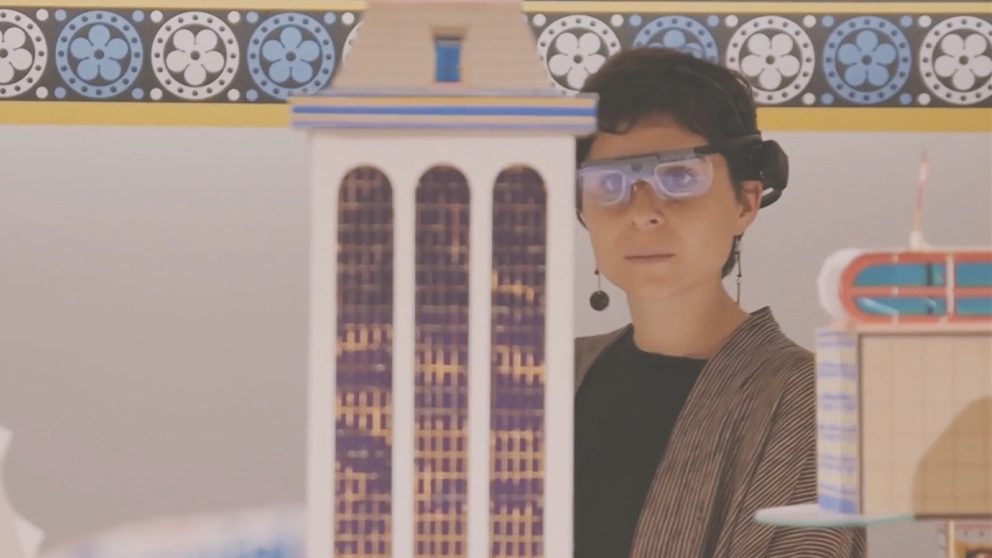Unveiling hidden meanings: the art of observation as a key to understanding the everyday world and driving innovation

Looking beyond the surface of everyday experiences can be a key to revealing the richness of meanings hidden in the most common moments. The art of observation, when refined and applied with care, offers us a privileged window to better understand the world around us as long as this is used consciously. But what is observation really and how is it used in the field of research?
What is observation?
Observation is a behavior implemented since the dawn of time. Observing the environment, the stimuli that are present within it and the interactions between them is something that lies at the basis of life as we know it today and, above all, of behaviors and social interactions. A leopard that observes its prey to understand how to refine its hunting techniques does nothing different from what, for example, a child who is learning to walk does or what we do when we choose a product from a shelf: we observe and choose how to act based on our needs.
The development of observation skills is therefore a dynamic process that continues throughout a person’s life, which defines many others (such as, for example, imitation) and which is influenced by various factors and experiences that shape the way in which we interpret and understand the world around us. It is precisely by observing these behaviors in turn that we can learn a lot about the experiences that people live every day.
This is what we do at TSW: we observe and learn to provide better experiences.
The observation in TSW
According to Marilyn vos Savant, American columnist and essayist, “Observation is one of the keys to discovery.” Nothing could be more true, as observation is not only the basis of all those which are more complex investigation techniques, but it itself leads to discoveries.
Observation therefore turns out to be a key process in the acquisition of knowledge and information through the analysis and recording of what is perceived through specific instruments or, much more naturally, through the senses. So what are the steps to follow in order to use this technique to the best of its possibilities?
- The crucial first step in using observation effectively is the ability to adopt an objective perspective. Trying to grasp facts and behaviors without filters or personal prejudices allows you to explore reality in a more authentic way. This approach allows us to see beyond our preconceived perceptions, paving the way for a deeper and more accurate understanding of situations.
- Being aware of systematicity is equally important. A structured way of observation, supported by appropriate tools such as tables, records and detailed notes, can reveal otherwise overlooked details. This organization helps us collect information more completely and consistently, offering a more accurate picture of the experiences we observe.
- Observation can take place in two main ways: participant and non-participant. Both offer different perspectives. The former allows us to immerse ourselves completely in the experience, while the non-participant one offers us a more detached view. Choosing the most suitable mode depends on the depth of observation we wish to achieve and the specific objective we set ourselves.
By following these steps we can get as close as possible to what is really the phenomenon of interest that we are going to investigate. Can we therefore consider observation as the “purest” of investigation techniques?
An “almost” pure methodology
In the history of science, one of the most interesting and well-known concepts underlying research is known as the “observer effect” or “Heisenberg effect”. This effect, which takes its name from the famous German physicist, refers to the principle for which the very act of studying a phenomenon influences its nature. Following this logic, it is easy to understand how observation, i.e. the act of observing someone or something without interacting, is the purest research method currently existing. However, not even this purity is absolute: even observation can be a victim of potential influences.
Our personal point of view and our subjective interpretation can in fact influence what we see. But what are these possible influences?
- Changing conditions: The study itself could alter the conditions under which the phenomenon occurs. For example, in psychology, people’s behavior might change if they know they are being observed during a study.
- Observation bias: Researchers’ expectations or beliefs can influence data collection and interpretation. This could lead to a biased analysis or incorrect conclusions.
To address these issues, our researchers try to adopt methodological approaches that take into account the effect of observation on the phenomenon under study, using methodologies that minimize the impact of their presence.
Observation as the first form of listening
In conclusion, despite the limitations that may accompany the act of observation, often manageable through the adoption of rigorous and careful methodologies, it is undeniable that observation represents the first and fundamental step towards the authentic understanding of any phenomenon. It is the first act of listening to the world around us: an opening towards the true essence of experiences.
In the context of creating valuable experiences, observation takes on the primary role, providing the initial input and contributing to the construction of solid foundations on which any further development and innovation is based. It is through this practice that we open the way to designing and creating meaningful and authentic experiences, transforming our ability to observe into a vital source of inspiration and progress.